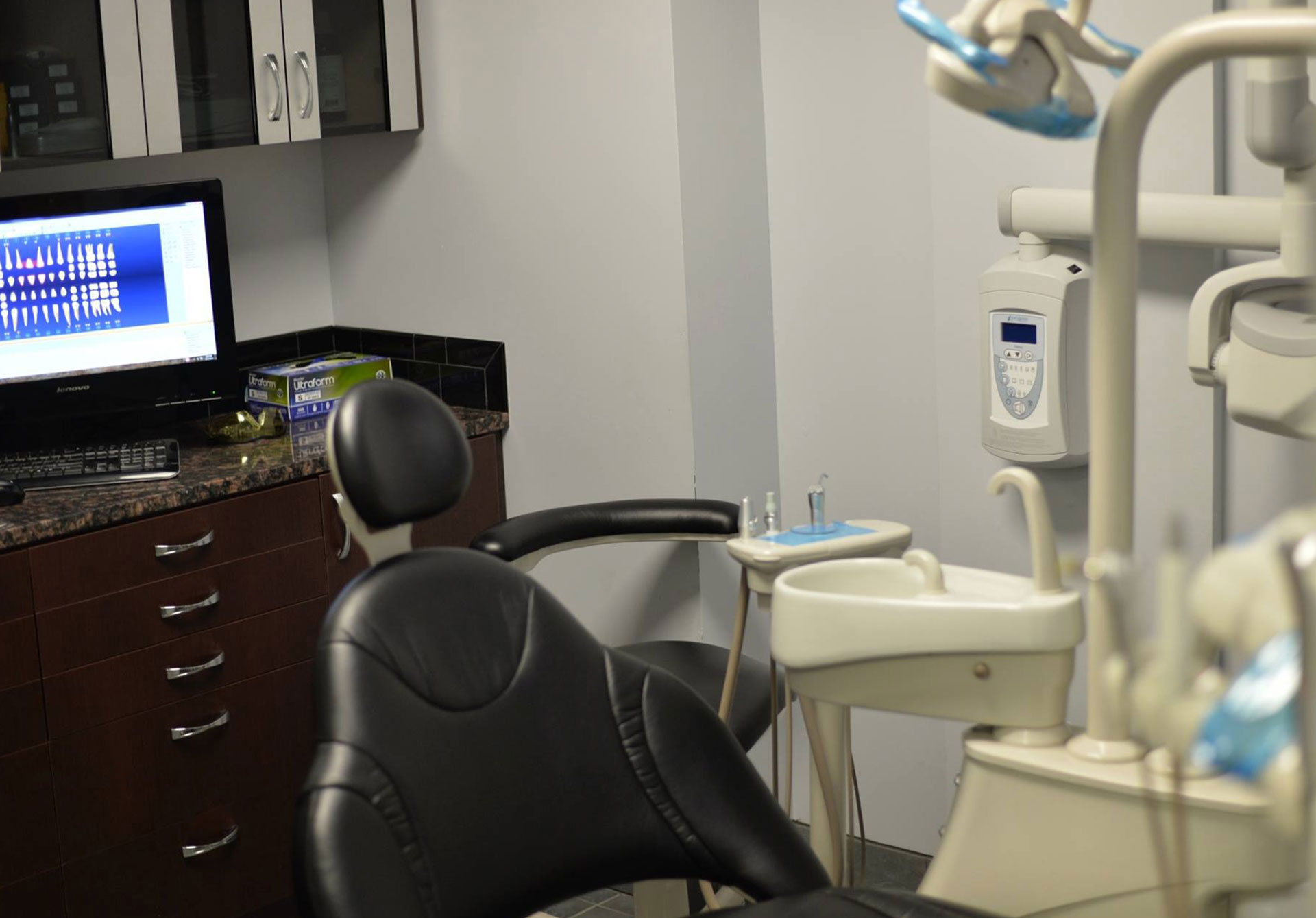
We will be posting new content soon. Please feel free to browse our archive and check back here soon for more news and updates.
Address:
836 Union Street, Brooklyn, NY 11215Hours of Operation:
Address:
335 Court Street, Brooklyn, NY 11231Hours of Operation: